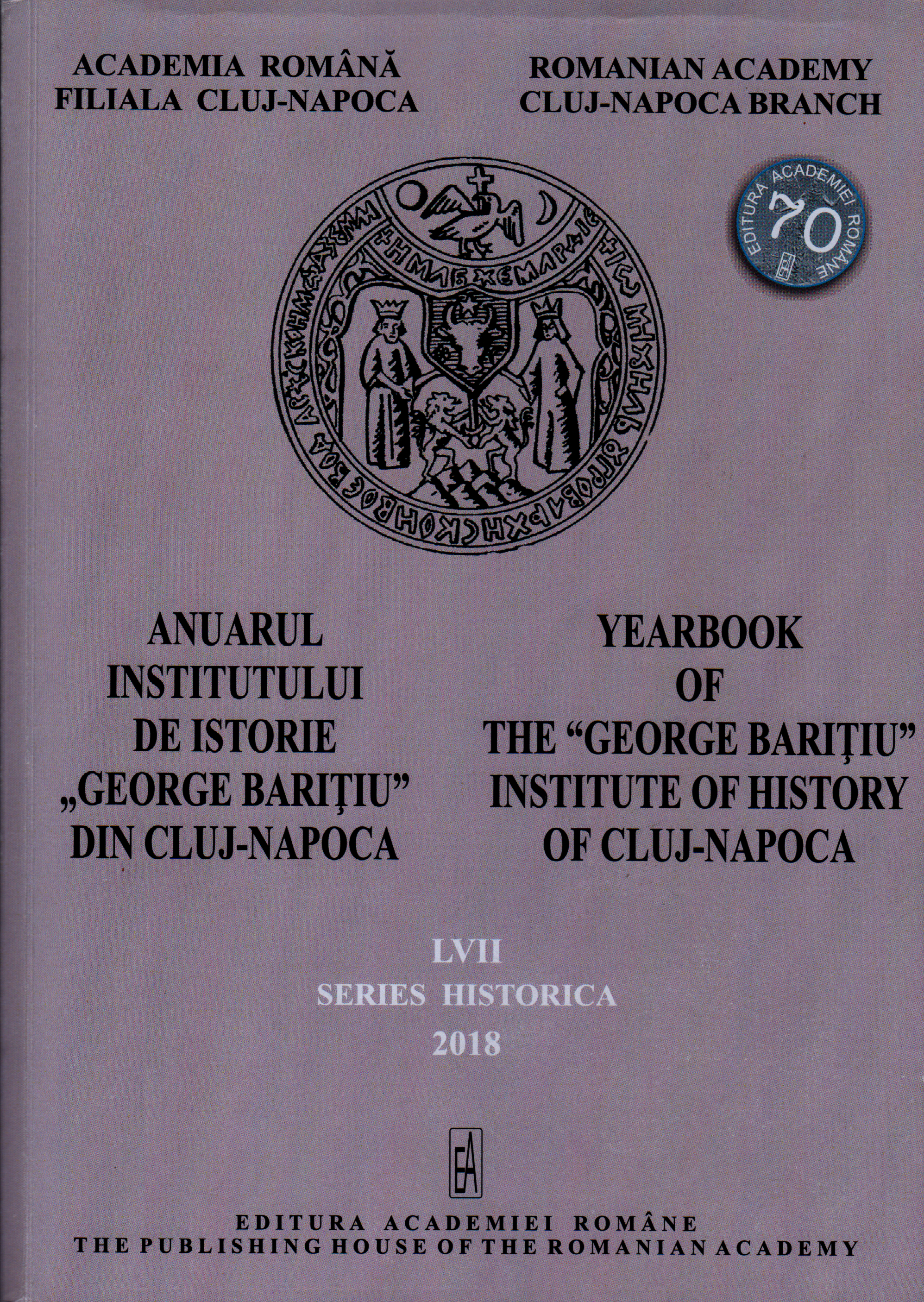Frământări sociale și mișcări naționale în Banatul Sârbesc în toamna anului 1918
Social Unrest and National Movements in Serbian Banat in Autumn of 1918
Author(s): Mircea MăranSubject(s): Social history, Pre-WW I & WW I (1900 -1919), Inter-Ethnic Relations
Published by: Editura Academiei Române
Keywords: evolt; republic; popular council; national guard; Romanians
Summary/Abstract: A long war, the suffering of the inhabitants, the injustices to which they had been subjected, the economic and moral crisis at every step, all of these provoked social movements with elements of anarchy even before the end of the Great War. Among the participants, there were also the Romanians that lived in the western parts of Banat, especially belonging to the lower classes of society. They caused material damage in numerous villages and they attacked the wealthy citizens and/or the representatives of the state’s power, which was on its last legs. Besides these social movements, the national movement of the Romanians in Banat, who called for the union with the mother country, began to stand out more and more. In order to impede anarchy, national councils and national guards were established in Banat villages and towns. In urban areas which had a heterogeneous ethnic structure, members of all the ethnic communities, including the Romanians, were included in provisional organs of the government. The entry of the Serbian army into Banat was the beginning of a new period in the history of this province. The Romanians from western Banat villages and towns chose their representatives for the Alba Iulia Assembly. On the other hand, at the Assembly of Novi Sad, where the annexation of Vojvodina (including Banat) to Serbia was proclaimed, representatives of the Serbs, Croats and other Slavic nations of Vojvodina also participated.
Journal: Anuarul Institutului de Istorie »George Bariţiu« - Series HISTORICA
- Issue Year: LVII/2018
- Issue No: 57
- Page Range: 293-301
- Page Count: 9
- Language: Romanian

